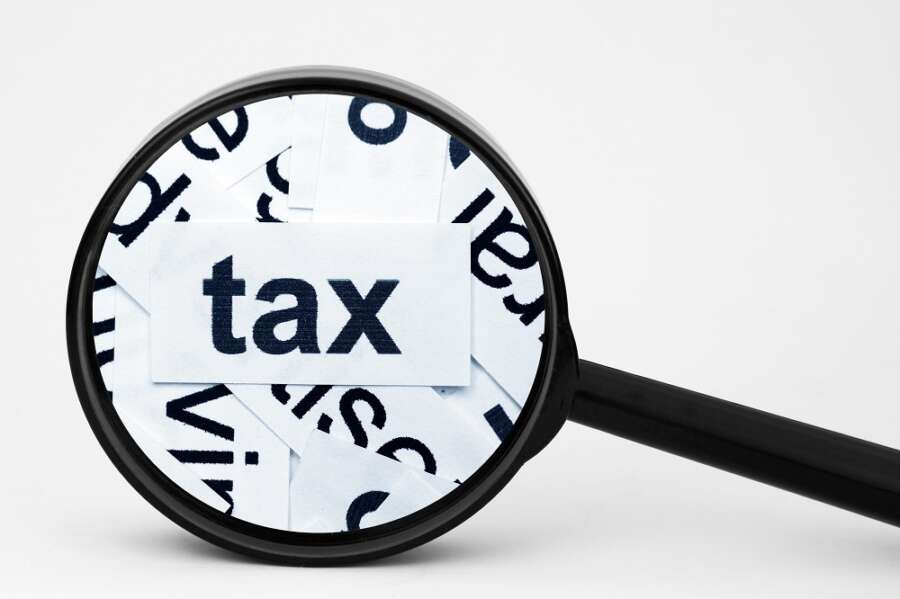

By Alex Baulf, Senior Director of Global Indirect Tax at Avalara
With the modernization of tax administration continuing to pervade government initiatives, the tax function has shot up the boardroom priority list as businesses look to avoid hefty revenue losses and risk of non-compliance with local tax guidelines.
The latest development in global efforts to make tax digital has been the European Commission unveiling a new regulatory framework that sets out plans for the international adoption of “e-invoicing” – the widespread digitization of the invoicing process. But what specifically will be the next steps here in 2023?
Government incentives for businesses to digitize and adopt e-invoicing.
This year, we expect to see more countries offer cash grants and incentives for businesses to switch from paper and standard PDFs to e-invoicing.
Singapore will, for example, start offering enterprises grants of $30k to connect their ERP systems to the e-invoicing network and up to $40k to begin issuing and receiving e-invoices. Tax authorities and governments see the adoption of e-invoicing by larger enterprises as key to encouraging widespread adoption amongst SMEs. Spain has also launched grant funding for businesses to invest in digitislation and adopt e-invoicing ahead of the new mandate next year.
The move towards widespread e-invoicing adoption will essentially usher in a fundamental technological overhaul of the way we globally trade and do business. It is set to bring many benefits for governments and organisations alike – from digitising processes, allowing access to real-time granular data, and plugging the VAT gap by reducing fraud. But benefits aside, that doesn’t mean it will be an easy change to make – it’s great to see governments offering incentives to get the ball rolling.
According to Avalara’s latest research, 85% of business leaders from UK, Ireland, Germany, and France with cross border operations in EU markets think the upcoming changes to e-invoicing legislation will benefit them. However, the survey found German and French leaders are less ready to make the change than their British counterparts, despite regulators in their markets pushing for earlier adoption.
Business leaders seem to be well informed of the changes, but with investment on hold due to global recessions, there is a risk firms will not capitalise on the early mover advantage and will instead opt for a “sticking plaster” approach to solutions rather than making the right strategic investments long term.
It is essential businesses aren’t complacent and act early to ensure they are ready for the switch to avoid last minute panic as we see the proposed regulations begin to come into effect as early as 2024.
Peppol expansion for public procurement and B2B e-invoicing
If e-invoicing is going to be adopted worldwide, we must have the right processes in place to ensure businesses can issue, accept, and exchange e-invoices between themselves.
For example, most European countries use Peppol for e-invoicing for public procurement, and it is increasingly being used by more B2B businesses. Peppol integrates business processes by standardising the way information is structured and exchanged under e-invoicing, enabling trading partners to exchange standards-based electronic documents over the Peppol network.
In 2023, we will expect to see the Peppol network grow to a million receivers of e-invoices. More countries are set to embrace Peppol e-invoicing globally, following in the footsteps of Australia, New Zealand and Singapore. Japan is the latest country to launch a national e-invoicing standard and promote use of the Peppol network for businesses in the country to exchange invoices with each other.
The Rise of QR Codes
As e-invoicing prepares to take off, countries worldwide need to find new and innovative solutions to reduce tax gaps and improve and audit tax compliance. Many are moving forward with new digitalisation mandates, such as the mandatory use of QR codes on invoices in Portugal and the Kingdom of Saudi Arabia, with more countries, such as Spain, set to follow suit.
The use of QR codes also elevates consumers to the role of key stakeholders in ensuring tax compliance, giving them both the visibility and comfort that tax is being charged and reported. Tax hasn’t traditionally had such a ‘shop window’ position before and it’ll be interesting to see how consumers respond to this greater visibility.
Data intelligent tax administration
The digitization of tax administration has led to increased transparency. With developments such as e-invoicing allowing for an increased volume of insightful transactional data, tax authorities will be able to continue to deploy sophisticated data analytics and artificial intelligence to facilitate compliance and identify errors and fraud.
Data-driven tax administration has never been more important, particularly as it looks to bridge VAT tax gaps nations worldwide simply cannot afford during this time of economic uncertainty.
Businesses across the globe should spend this year getting ready for the technological overhaul of the way we approach indirect tax. Through e-invoicing frameworks, the rise of QR codes, and data-driven tax administration, global economies can also look to stabilize and benefit.


